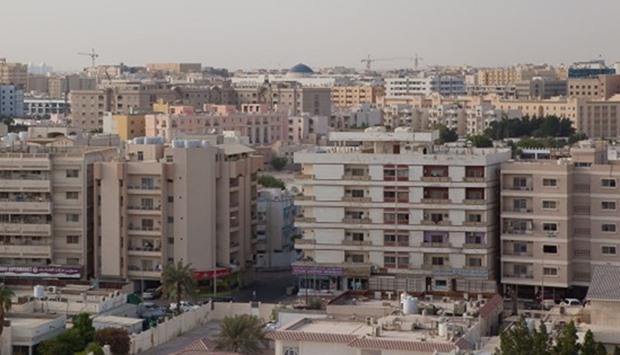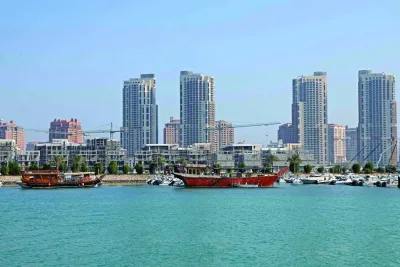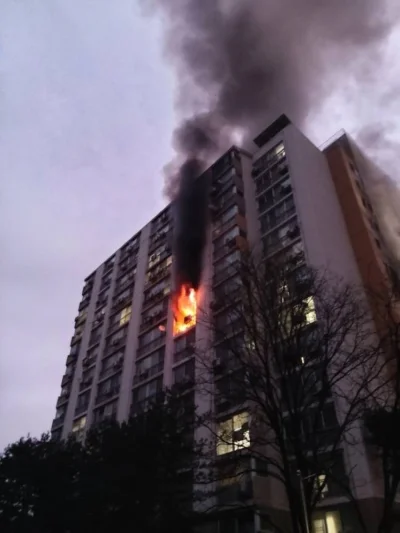“It is unlikely that rents will increase again in the short term due to the pipeline of new supply that is likely to come to the market between now and 2018,” the global real estate advisory firm said.
It reported that a fall in demand for residential accommodation in areas such as the Pearl-Qatar, West Bay, Al Sadd, and Bin Mahmoud, combined with the completion of a large number of new building completions has resulted in a fall in rents in many developments.
There has been an increase in demand for both apartments and villas in more peripheral suburbs such as Ain Khaled, Abu Hamour, and Muaither, where cost sensitive residents can lease units in modern purpose built developments at substantially lower rents than are available in central Doha.
“The increasing provisions of ‘affordable housing’ on the outskirts of Doha is putting pressure on landlords in more central locations to provide more flexible lease terms for vacant units, with many offering apartments and villas at rents that are between 5% and 10% below what would have been achieved in 2015.
“At the premium end of the market, rents in The Pearl-Qatar and West Bay have been impacted by the exodus of white collar workers, many of whom left Qatar at the end of the previous school year in June,” the report said.
The office market, on the other hand, continued to struggle over the summer months as demand has been largely limited to the private sector, while demand from the government and hydrocarbon sectors remains subdued, DTZ said.
It noted that the fall in demand for offices, combined with the completion of new buildings has resulted in an increase in availability rates in West Bay to approximately 17%. Quoted rents have, on average, reduced by between 10% and 15% for most buildings in West Bay, as landlords compete for tenants, it also said.
DTZ said there is currently a total supply of 1.63mn sqm of office space in West Bay, of which almost 300,000sqm is available to lease. “The Qatar Petroleum district will add more than 200,000sqm to this supply, however uncertainty remains as to how much, if any, of this be available to lease in the coming years,” it said.
A number of new office buildings are also nearing completion in Lusail, which when completed, will see a significant increase to the existing supply of approximately 90,000sqm, according to DTZ.
In total, DTZ estimates that up to 2mn sqm of new office accommodation is planned for Qatar within the next decade, most notably in Lusail Marina District, Energy City, West Bay, and Msheireb.
“This is likely to increase vacancy rates, and potentially lower rents, unless there is significant uptake in demand from both the public and private sectors in the next five years,” DTZ said.
In the hospitality market, DTZ said the supply of hotel rooms and apartment hotels in Qatar surpassed 20,700 in 2016 after a surge in hotel openings has increased the supply of keys by 30% since 2014.
“DTZ understands that more than 26,000 hotel rooms and hotel apartments, in 69 buildings, are currently at various stage of construction in Qatar. On completion, this will increase overall supply to more than 47,000 rooms,” it said.
The supply of retail accommodation is set to increase by almost 200,000sqm with the Mall of Qatar scheduled to open in December, DTZ said.
“The recent economic slowdown has impacted the retail sector however, with retail spending reported to be down by between 10% and 15% since 2015. The more challenging climate for retailers has not yet been reflected in a significant increase in vacancy levels or reduction in rents, as retailers will typically be subject to lease terms of five years and will take a longer term view on the prevailing economic climate,” DTZ said.



